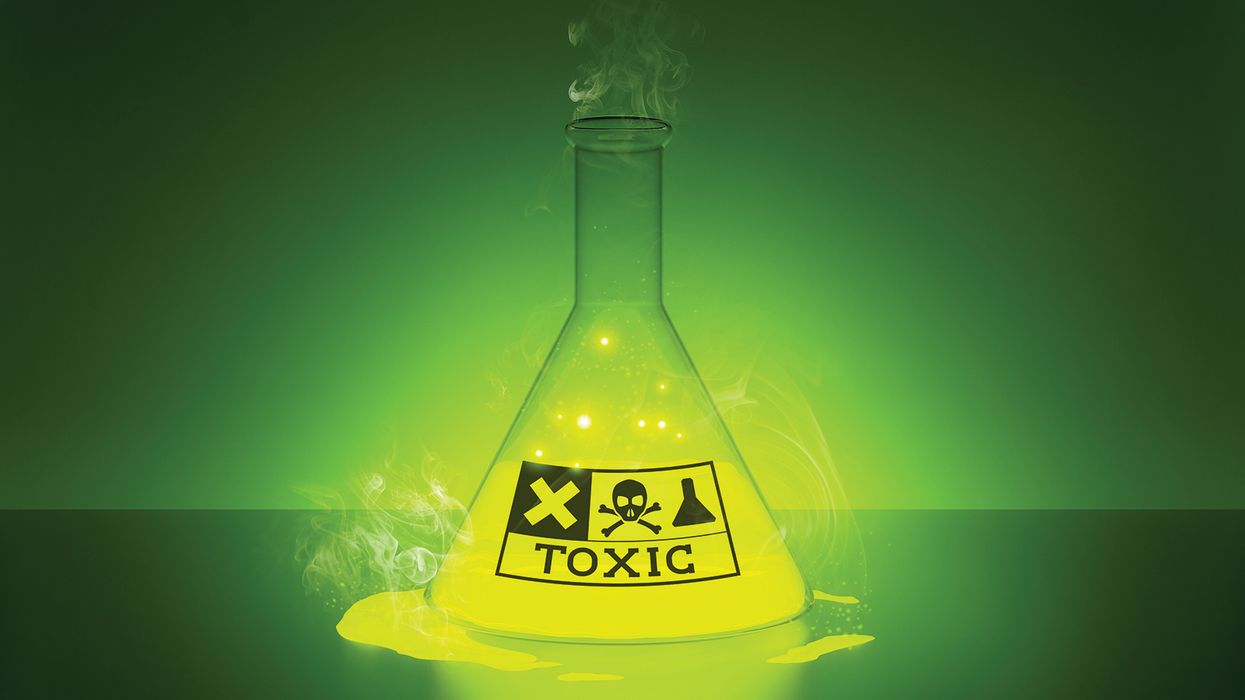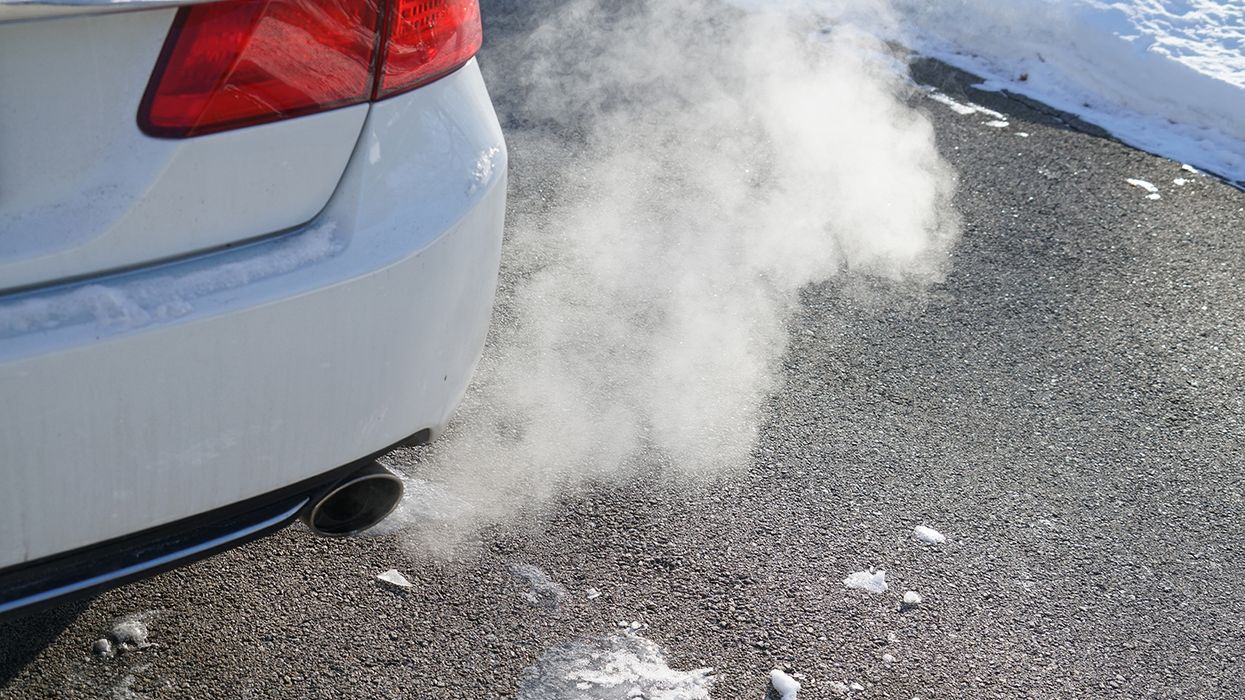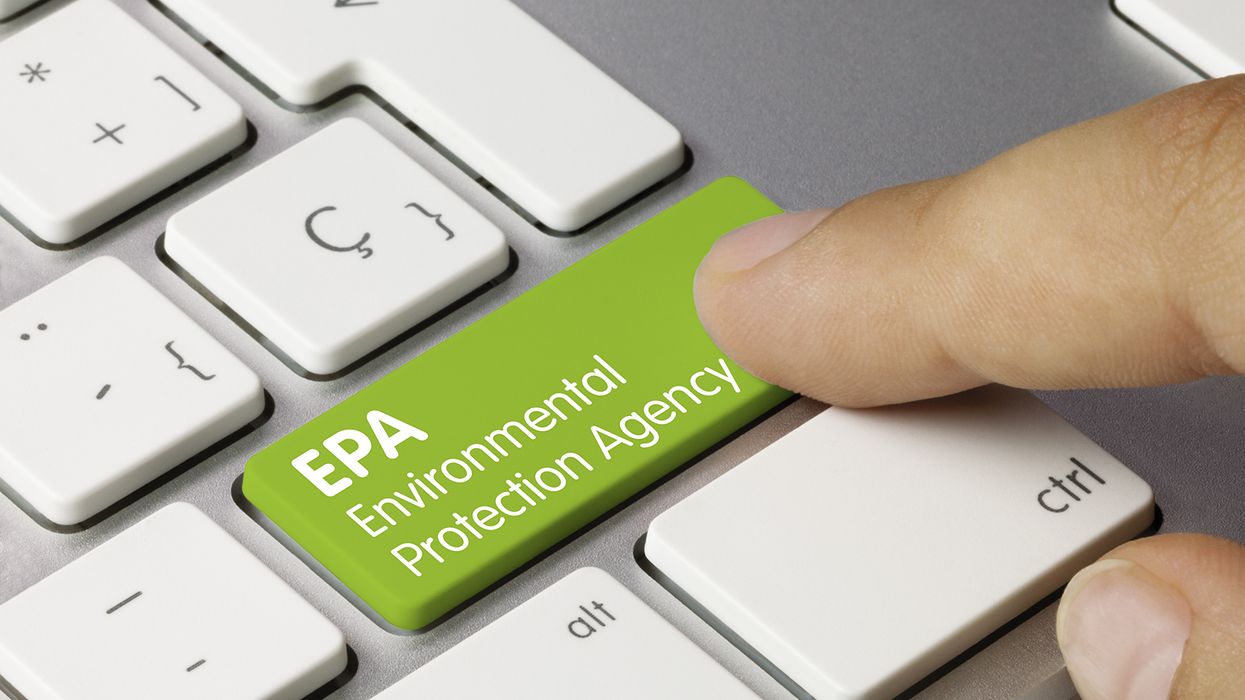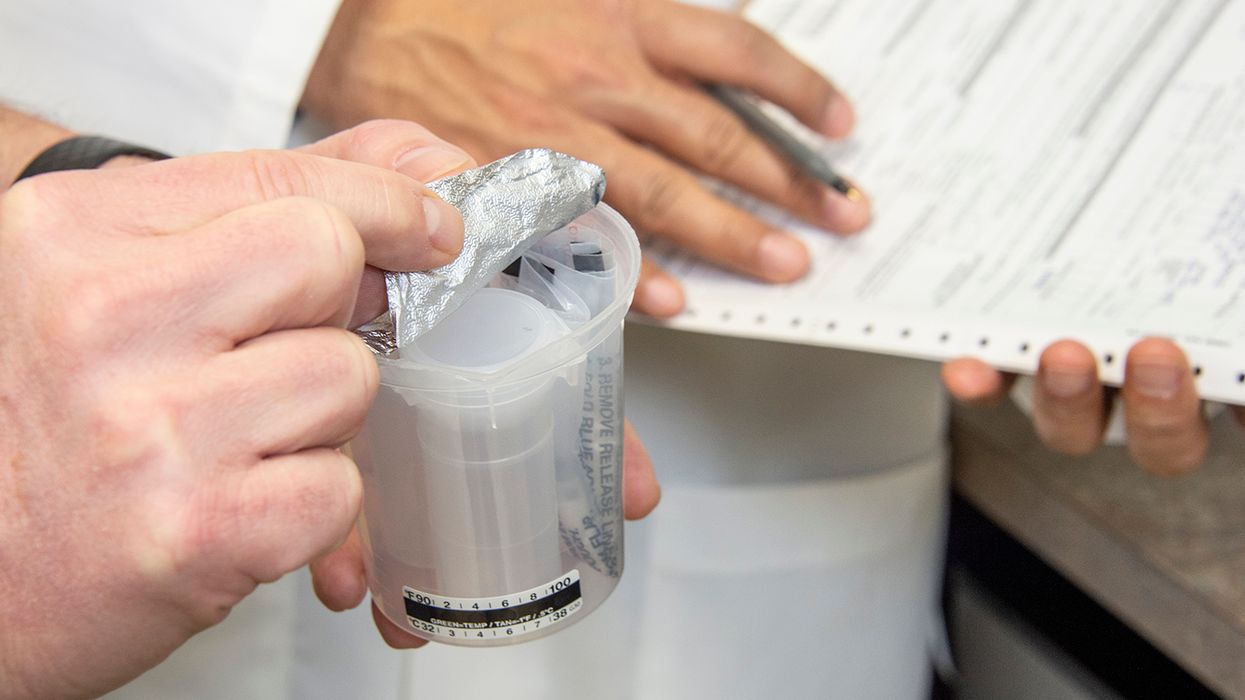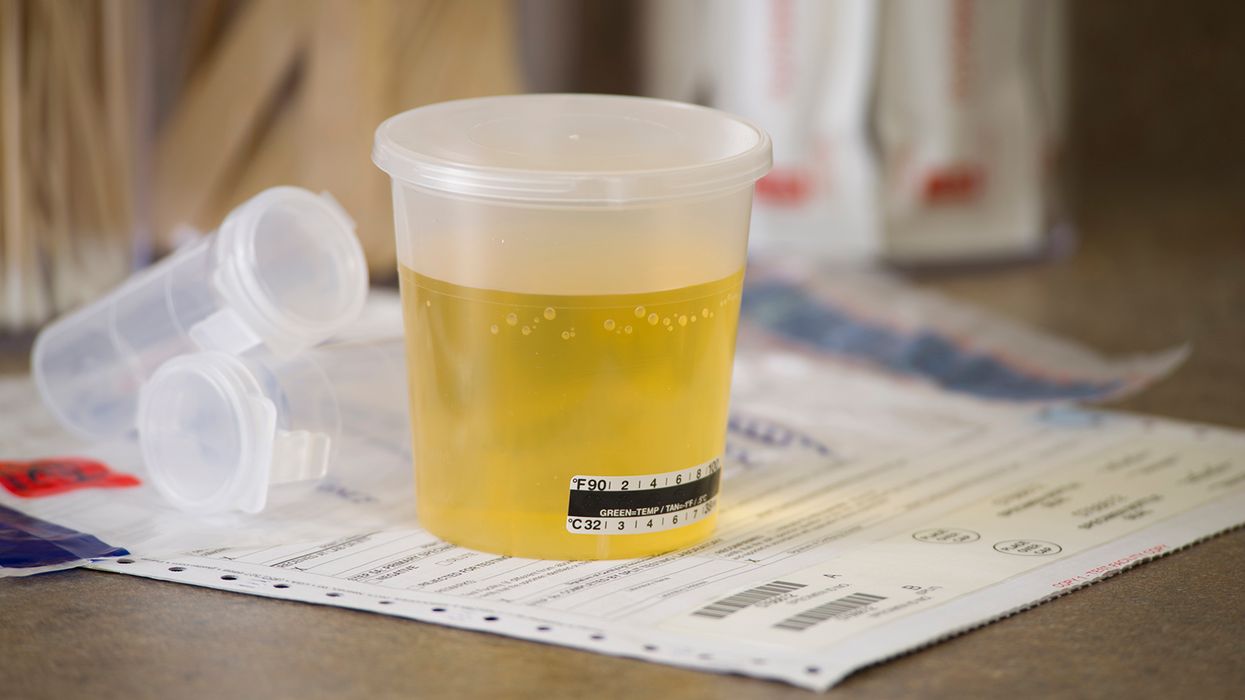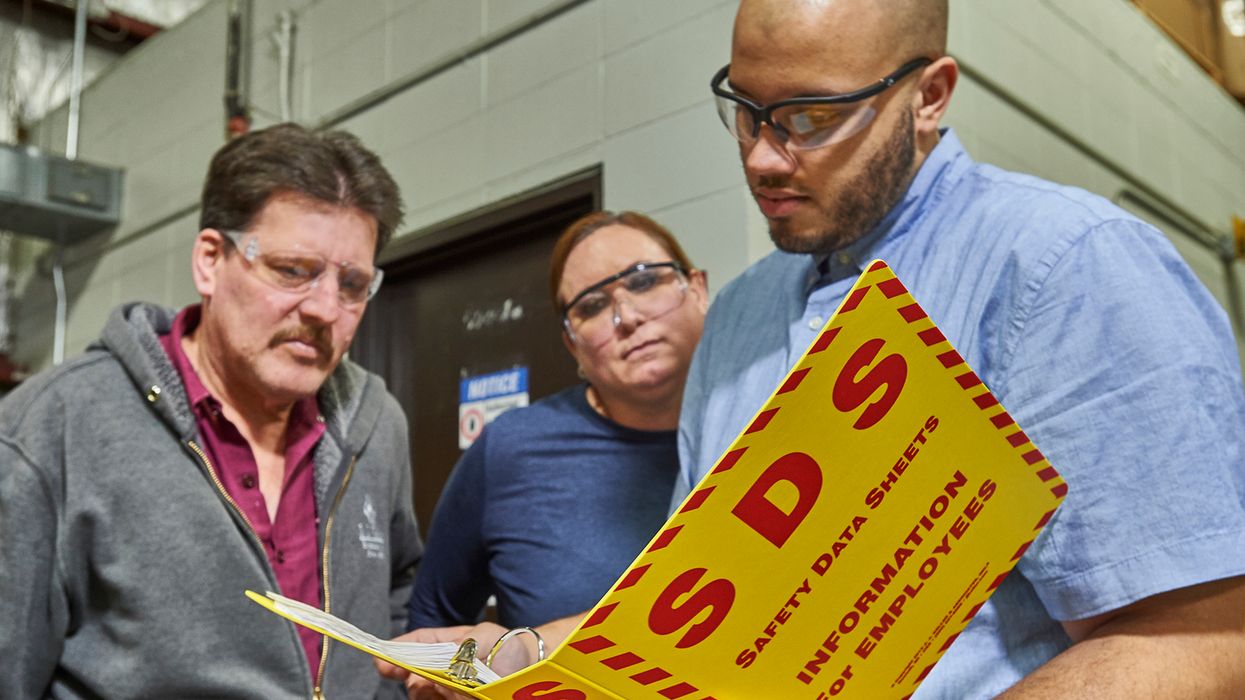EPA drafts protocol for TSCA risk evaluations
On December 20, 2021, EPA released a draft Toxic Substances Control Act (TSCA) Systematic Review Protocol. The protocol is intended to strengthen EPA’s approach to reviewing and selecting the scientific studies used to inform TSCA chemical risk evaluations.
In the draft protocol, EPA streamlines the data evaluation of human health hazards by enabling the use of recent and future Integrated Risk Information System (IRIS) systematic reviews. The draft protocol also includes new methods to reduce bias and improve evaluation consistency between reviewers and across chemicals. These include:
- Coordinated data evaluation training and calibration exercises for reviewers,
- The development of additional internal evaluation guidance, and
- Improvement of evaluation forms.
As recommended by the National Academies of Sciences, Engineering, and Medicine (NASEM), data quality evaluation would involve a primary review and a secondary quality-control review for each study. In cases where the two reviewers are not in agreement, an explicit conflict resolution step is included.
Also, in response to a variety of commenters, the draft protocol no longer includes a quantitative/weighted scoring system for data evaluation. Rather, it applies ordinal rankings to guide the qualitative categorization of high, medium, low, or critically deficient for each data evaluation metric.
Protocol review
EPA accepted comments on the draft protocol through February 18, 2022. Additionally, the draft protocol will undergo peer review at a meeting of the Scientific Advisory Committee on Chemicals (SACC) on April 19-21, 2022. EPA will also use this feedback to further improve the document. Details for the public peer review virtual meeting will be announced on the SACC website by early March 2022.
Background
In 2018, the previous administration released the Application of Systematic Review in TSCA Risk Evaluations to be used when conducting TSCA chemical risk evaluations. In 2019, EPA contracted NASEM to review that approach. The report found that the previous approach:
- Contained incomplete and hard to follow documentation;
- Did not meet the criteria of “comprehensive, workable, objective, and transparent;” and
- Did not meet the standards of systematic review methodology.
NASEM recommended that EPA revise its approach, incorporating components from existing methodologies, including EPA’s IRIS program.
The 2018 process was not used for EPA’s 20 ongoing risk evaluations and will not be used again. The newly released protocol reflects the current approaches for the ongoing TSCA risk evaluations for the 20 high-priority designated chemicals, manufacturer-requested risk evaluations, and supplemental evaluations of asbestos and 1,4-dioxane.
The protocol was developed in collaboration with EPA’s Office of Research and Development and incorporates the feedback of the NASEM as well as comments received from SACC and the public.
Key to remember: EPA issued a draft protocol for the review and selection of scientific studies used in TSCA chemical risk evaluations. The protocol will undergo further review in April 2022.

